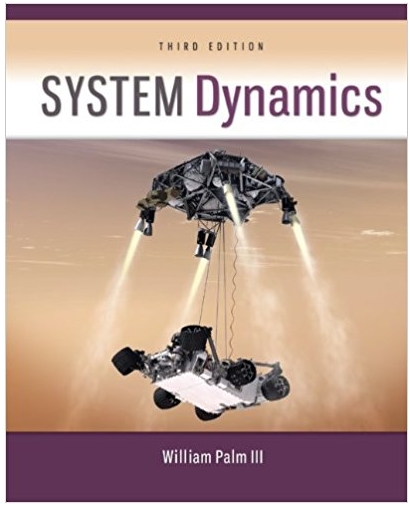Question:
Refer to Figure a, which shows a ship's propeller, drive train, engine, and flywheel. The diameter ratio of the gears is D1/D2 = 1.5. The inertias in kg-m2 of gear 1 and gear 2 are 500 and 100, respectively. The flywheel, engine, and propeller inertias are 104, 103, and 2500, respectively. The torsional stiffness of shaft 1 is 5 x 106 N-m/rad, and that of shaft 2 is 106 N-m/rad. Because the flywheel inertia is so much larger than the other inertias, a simpler model of the shaft vibrations can be obtained by assuming the flywheel does not rotate. In addition, because the shaft between the engine and gears is short, we will assume that it is very stiff compared to the other shafts. If we also disregard the shaft inertias, the resulting model consists of two inertias, one obtained by lumping the engine and gear inertias, and one for the propeller (Figure b). Using these assumptions, obtain the natural frequencies of the system.
a.
b.
Transcribed Image Text:
Shaft 1 Engine D2 Flywheel Shaft 2 Propeller 2000020000 zly
-1.png)
-2.png)







